How to Choose the Right Materials For Your Project: Best Decking Material Options Edition
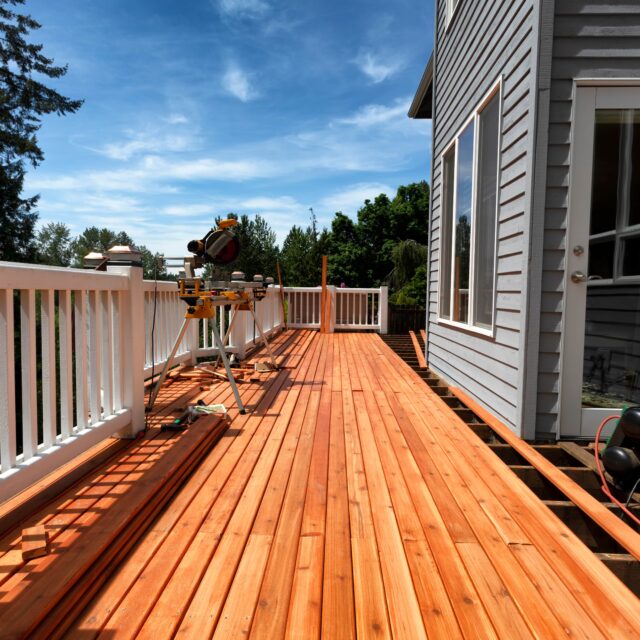
- Written by: jlbmdev

Picture this: You get home after a long day and all you want to do is relax. You go outside, sit on your deck with a cool drink and a snack, and just feel the stress of the day leave your body.
Sounds good right? Except you might be saying, “I don’t have a deck and don’t know the first place to start building one.” Building a deck is one of the more common home improvement projects and one of the best return-on-investment renovations.
That’s why we’re here. We recognize that home improvement projects can be overwhelming and frustrating. Since choosing your materials is one of your first decisions, we created a series of blogs to help you learn the basics about the more popular building materials so when you sit down to plan you’ll know what will work for you.
If you haven’t guessed, the first in this series is decks. We will discuss the best decking material options on the market, the pros and cons of each, and why that matters when it comes to building your deck.
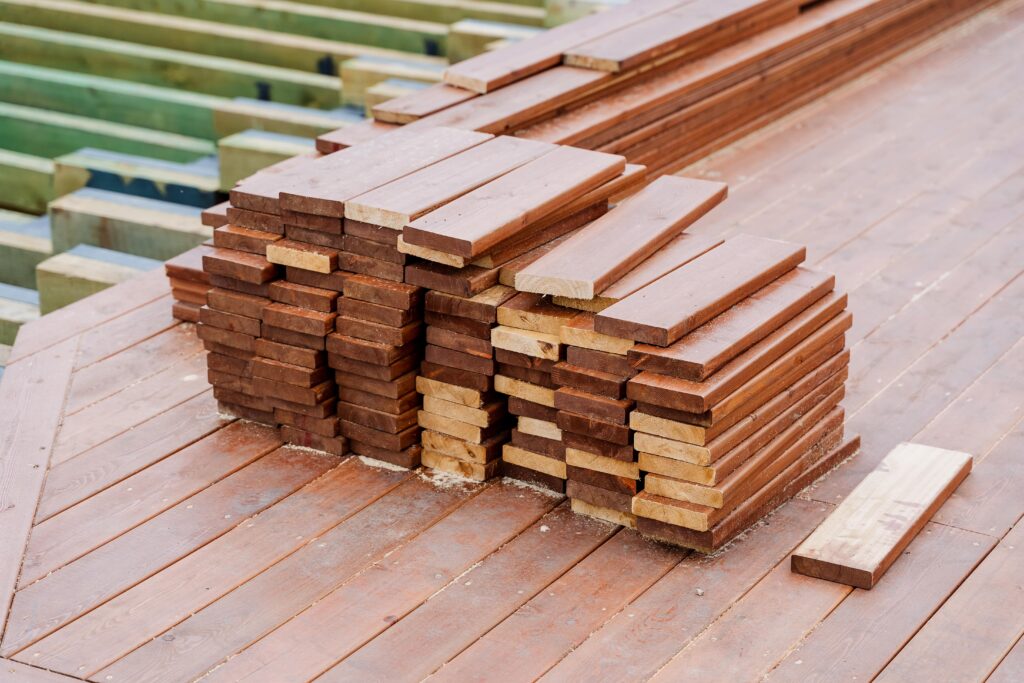
When you decide to build a deck, you next ask yourself, “What materials should I use?” so you start your research. There are so many options to choose from that you might not know what’s best. Below are the more common decking materials explained.
When you think of a traditional deck, you think of a wood deck. However, you have several different options when picking a type of wood for your deck.
Wood is typically divided into two categories: hardwood and softwood. Each has its own distinct benefits and drawbacks.
Pros
Cons
Softwoods come from coniferous trees. These have seeds that aren’t enclosed and have needle-like or scale-like leaves. They also keep their leaves all year round. Common types of softwoods are cedar, fir, and pine.
Pros
Cons
The other type of wood you can use on your deck is hardwood. They’re from deciduous trees, which are trees that lose their leaves each season. Common kinds include teak, oak, and mahogany.
Pros
Cons
Pressure-treated wood is a chemically treated lumber, typically made of pine or fir. This type of wood is designed to last longer than untreated wood.
Pros
Cons
Also, check which chemicals are used in the process—if it’s arsenic-free wood, then it’s generally safe for children.
Composite decking is generally a blend of wood fibers and recycled plastic materials. It’s a type of engineered decking. It typically comes with three- or four-sided polymer caps that prevent water damage. However, it can also be uncapped.
Pros
Cons
PVC decking is made from polyvinyl chloride, which is a type of plastic. This is a different type of engineered decking.
Pros
Cons
Aluminum decking is a type of deck board that is made out of aluminum. The planks are typically coated with polyurea elastomer, which is a coating that helps the boards keep their original color and look and helps them be slip-resistant.
Pros
Cons
Something to remember no matter what product you choose—all decking products can, will, and do attract mold or mildew, so power washing on a lower setting is recommended, no matter which material you select.
With all these options on the market, which one is best for your home?
In the end, it comes down to several factors including your budget and your personal preferences. If you want a low-maintenance option, then a non-wood option might be the best choice for you since the maintenance is mostly power washing to keep it clean from mildew and mold.
There are benefits and drawbacks to each option and before you start the process, you should do some research to see what option will work best for you.
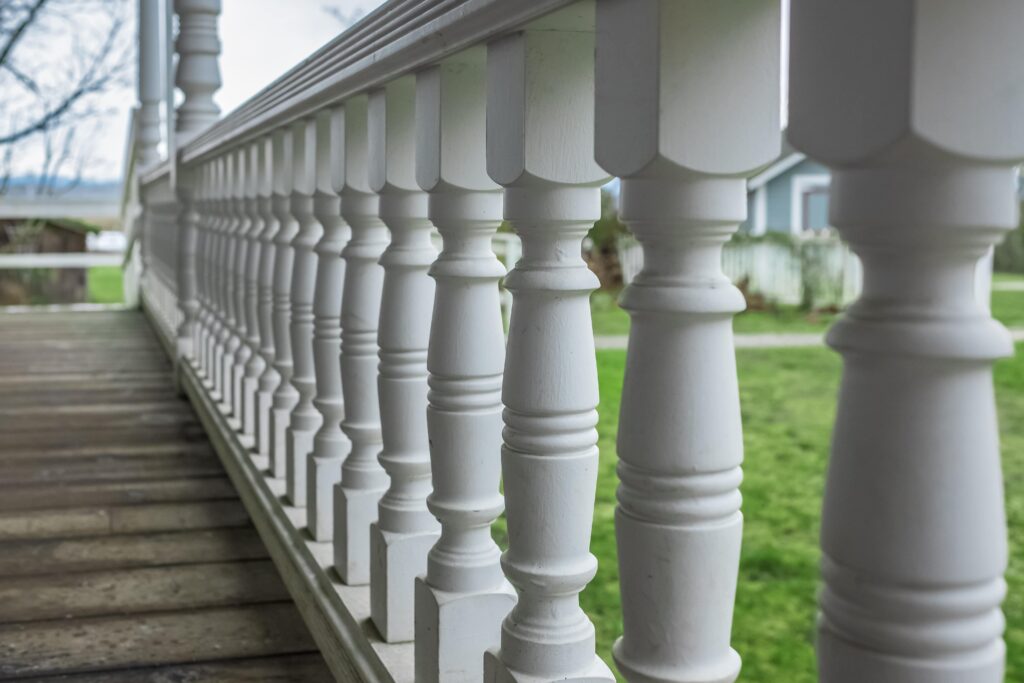
As you’re building your deck, don’t forget to consider your deck railings. Railings are a section of a deck that can often be overlooked. But they shouldn’t be.
Railings are an essential part of a deck and provide a necessary safety feature. Most areas have building codes that require deck railings for that reason.
There are several different options that you can choose from. Your selection can vary depending on several factors including budget and location/view. If you want to read more, then check our blog on deck railings for more information.
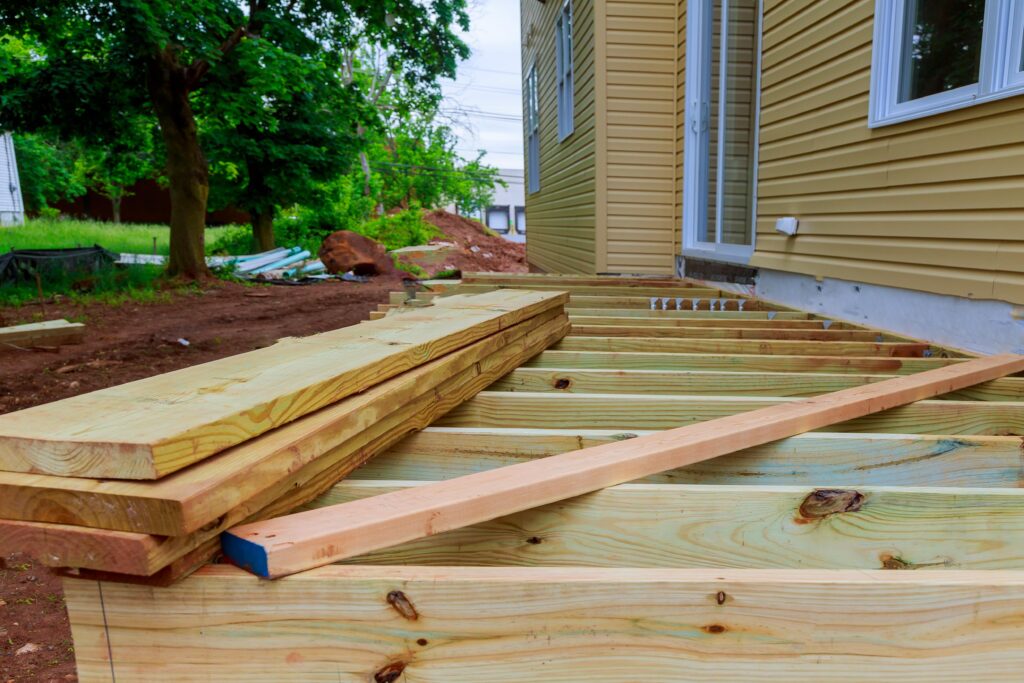
Before you start building your deck, there are several questions you should consider before you start the process.
It’s important to think about how you want to use your deck. Are you going to use it for entertaining? Do you want/need an outdoor kitchen? Is it for relaxing? And if it’s for entertaining or relaxing, should you look into any built-in benches for seating?
Once you’ve figured out your deck’s use, make sure your deck is built for that function. There’s no point in going to the expense of building a deck if it doesn’t work for your family or your life.
Once you’ve figured out how your deck should function, next comes what your deck should look like. If you’re using real wood, should it be painted or stained? This will help your deck last longer. You should paint or stain before you start building your deck, that way each side is finished and there aren’t any weak spots.
Another factor to consider is do you want to use exposed or hidden fasteners. While hidden fasteners can give your deck a sleek finish, they can weaken your deck’s strength. So they might not be the best choice. Do some research into the pros and cons and pick the option that fits best with your project.
Where is your home located and what are the typical weather conditions? Are you near a body of water, like a lake or the ocean?
It’s important to know this because different types of weather affect your decking materials differently. For example, pressure-treated lumber doesn’t work as well for docks/decks since the salt water reacts with the chemicals and it can leach into the water and harm wildlife.
Also are there any permits or rules/regulations you need to get before you start construction? Some decks require a building permit. For example, in some places, if your deck is over 30″ high or has a roof, you’ll need a building permit.
Like most building projects, decks can become expensive very quickly. Think about what you want to spend and create a budget that reflects that.
Different materials cost more money and if you overspend on supplies, you’ll need to make up for it elsewhere. For example, wood can be a cheaper option but an engineered wood deck would last longer. Different railings have different price points as well so you’ll need to consider that when creating your budget or you might have to cut back on any new furniture or accessories for your deck.
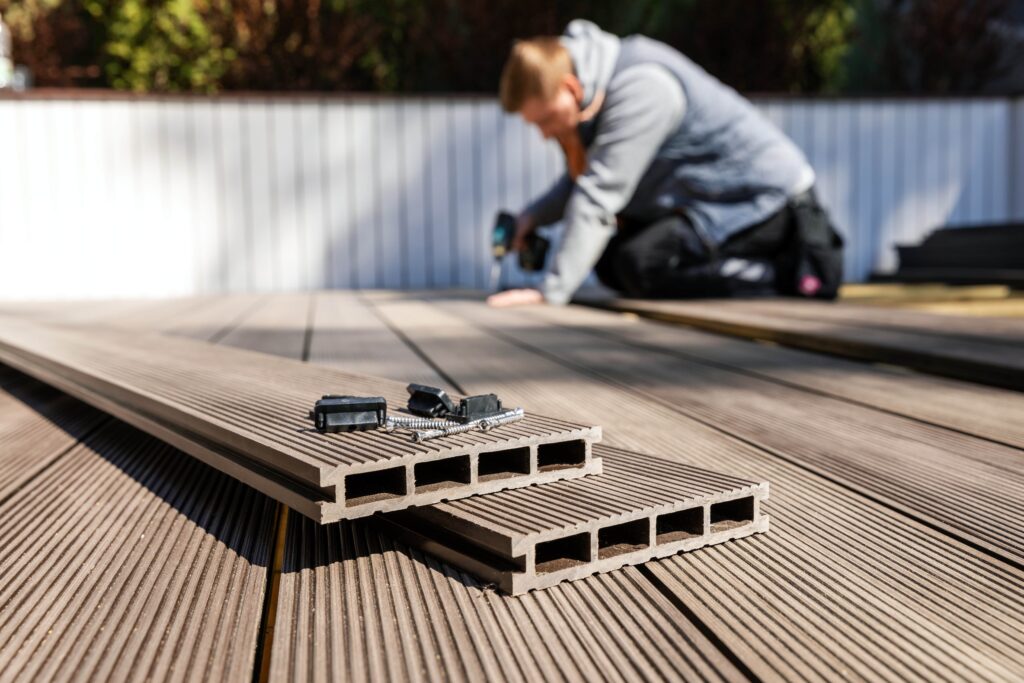
Partnering with J&L Building Materials
Building a deck is a big job. By working with one of our experts at J&L Building Materials, you get access to top advice on which products will work best for your project. And if you find that building a deck yourself is too much, we can help you find the right contractor for the job and help you keep your project on schedule and budget.
Life is stressful enough. Building a deck so you can relax shouldn’t be.